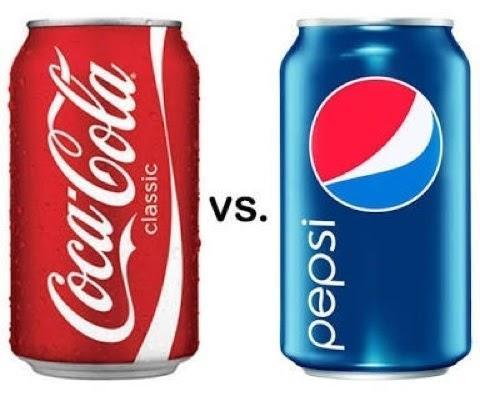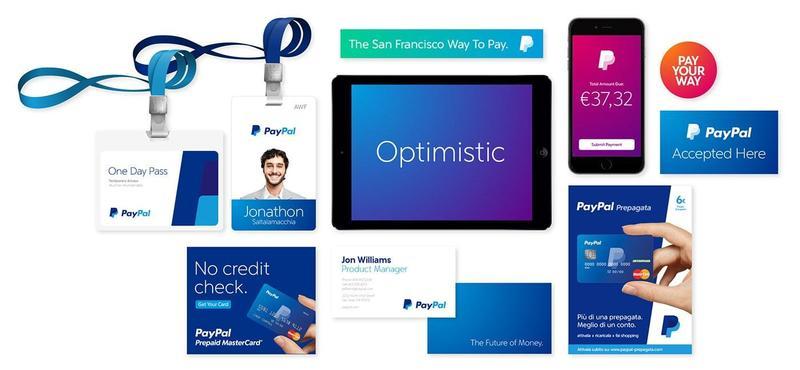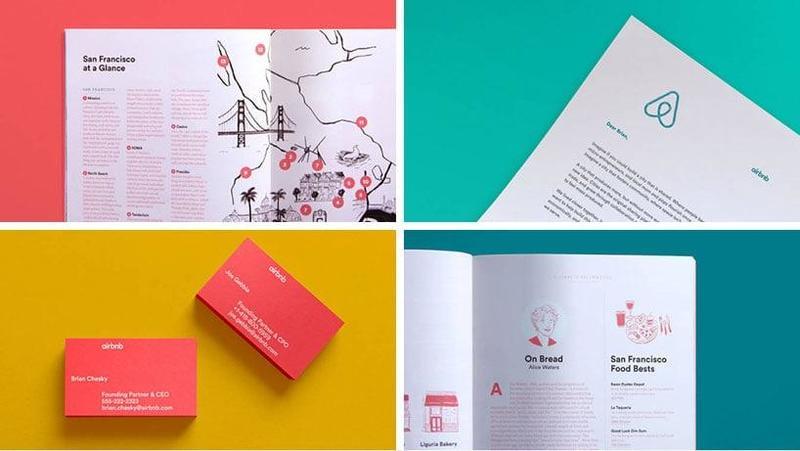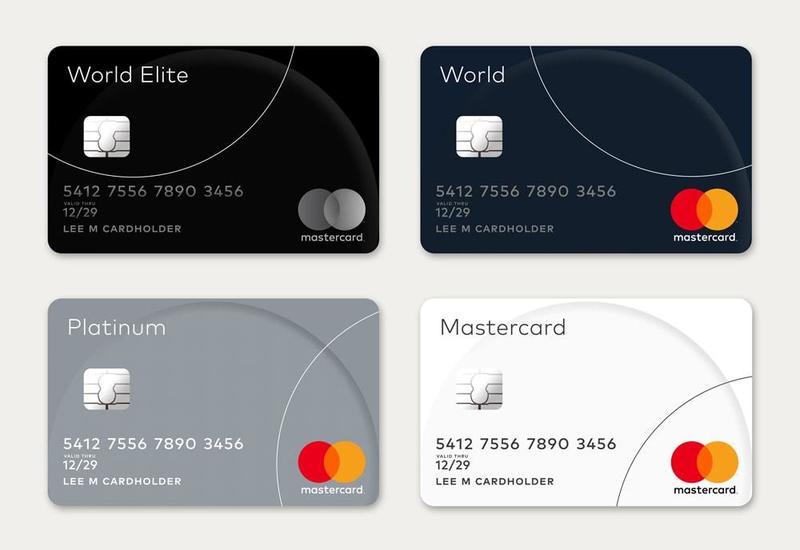Tell us, have you ever wondered why some brands manage to win a huge audience, while others are soon forgotten and lost among competitors? What is the secret of lucky ones? The point is the high quality of a product or service, many of us think, and they're right. However, the quality isn't the only thing which matters. The key to prosperity is your brand identity, its true nature. This is what creates a strong bond with the consumer and leads to high sales.
But how to build your business brand and succeed? And what is a brand visual identity in the first place? Read our article and find out the answers to these and other questions. You'll need them to make your product recognizable.
Difference between brand identity and brand personality
Reflecting on how to brand your business, it'd be smart of you to figure out all the details of the entire process. And above all, you should understand the difference between creating a brand identity and brand personality. Alas, people often confuse these concepts, though, in fact, they may seem similar only at first glance. Yes, they both relate to branding elements but their similarity ends here.
What is a brand identity?
For any business, the identity is the visual basis of the brand helping the consumer to get the idea of the company and, as a result, to arouse interest in its services or products.
Identity is also called "corporate style", "brand ID" or "corporate ID". And it’s designed to increase brand awareness and create an impression of its integrity.
But how to define brand identity? What is it made of?
The identity concept includes everything related to brand visualization and harmoniously combines all the elements of corporate style. To transfer the main idea, it uses the widest range of means: slogans, packaging, logos, corporate clothes of employees, etc. However, we'll talk about the brand visual identity elements later, since the issue deserves a separate and detailed discussion.
Brand identity guidelines - best practices
To make the matter clearer, let's look at the several well-known brand guidelines examples.
Here, say, what is the product concept of Coca-Cola? What are the associations and values of one of the most popular drink?
Firstly, the consumer recalls Christmas, magic, Santa Claus, he also thinks about his family and friends. And the basic color of Coca-Cola (red!) immediately appears in the memory, as well as its illustrious logo.
On the other hand, Pepsi, the most dangerous rival of Coca-Cola, bases its brand identity concept on youth trends and is associated with today's celebrities (the same David Beckham and Christina Aguilera), generation next, football, cinemas. The color scheme includes red too, but it’s only one of the components of the palette. Well, the logo is also familiar to everyone.

By the way, earlier Pepsi was firmly associated with Michael Jackson who was the "face" of the product. However, now the situation has changed (for obvious reasons). The conclusion is simple: when building a brand identity, remember that you'll have to constantly improve it in keeping with the times.
What is a brand personality?
We’ve provided a brand identity definition and hope the matter is now obvious. And if so, let's discuss the next item, namely - brand personality attributes.
While the identity visualizes the brand and its character, the personality is an attempt to humanize it. That is, imagine your brand has become human. Who is this man (or maybe a woman?)? What are his habits, lifestyle, appearance, etc?
For instance, a sports company would be someone impetuous, active, self-assured, fast. A brand of elite alcoholic drink could become a connoisseur of refined pleasures...
Or recall our brand guidelines examples. Say, a Coca-Cola man is someone loving Christmas in the bosom of the family. Such a person is positive and calm. And Pepsi is a typical representative of young people, he is full of energy and passionate about everything new and driving… and so on! There are a lot of types of brand personality, of course, and listing all the options is next to impossible. But the main idea is clear, yes?
Building customer-based brand equity
Essentially, with a properly designed identity, brand personality is being built by itself - gradually, step by step. But so that the process doesn't go out of your control, initially speculate on what your brand would be like, becoming a real man or woman (some brands are truly female or, conversely, of a purely masculine character, agree?). In order to achieve better results, ask yourself: what is a brand purpose? Who are your customers? For they, your potential clients, should accept your brand personality as an equal, as a friend.
Make a detailed portrait of your personality and start your brand awareness campaign using the obtained picture. It’ll be the right step towards leadership in your market niche.
And we're going to assist you by describing how to create a brand identity with minimal effort.
Brand identity elements
The brand identity development process consists of the creation of a few basic constituents of corporate style. Of course, you’ll have to seek help from UI/UX experts - those who are experienced and skilled enough to represent your company in a favorable light.
We’d like to start by writing down brand identity guidelines in detail.

By the by, pay attention to the above example. L'Atelier Rouge is a New York Flower Design Studio. The brand is literally laced with tenderness. And this tenderness, as you see, has been embodied in each branding element.
Brand visual identity contains:
-
Logo. Of course, this is number one on the priority list. A traditional logo includes 2 parts: a graphics and text one (as a rule, the company name becomes the text part, so if you’re wondering how to brand your business name, the logo is what you need). Although many companies do without the text element and just come up with a bright spectacular image associated with their product. However, we won't be able to fully describe the logo brand guidelines, the question is too complicated to cope with it with a couple of phrases. By the way, we dedicated a separate article to a similar topic where we're explaining how to create a successful app logo.
-
The color scheme for official company documentation and advertising products. Remember, we discussed Pepsi and Coca-Cola? Each of these brands has its own distinctive color scheme which is being used to design various related materials: the product itself (a label or a jar with a drink), advertising posters, etc.
-
Style of illustrations and photographs. It’s also one of the brand identity elements, and no less important. Your task here is to take care of both photos, and all kinds of illustrations to make sure they correspond to the nature of your company.
-
Font families. That is, you have to choose what type of font will be used for any textual content: forms, folders, even the site, and so on.
-
A tone of voice for writing. Such a branding element is entirely dependent on your target audience because you refer to your customer (through advertising slogans, your website, marketing materials, etc). You may communicate with a younger audience in a simpler (sometimes even slang) language, while a status brand cannot afford familiarity and so-called "back-slapping" (after all, its consumer is a completely different kind of person).
-
Packaging design which refers to everything that helps to shape the product itself: labels, packages, boxes, and so on. Of course, their style should also be consistent with other brand visual identity elements.
-
Customer interaction plan. Again, this is where your target audience matters. Determine what treatment your customer expects, what loyalty programs will be appropriate and effective in your particular case - and act accordingly.

PayPal did a really good job by building a brand identity!
Designers will create a brand guidelines template which will become the basis of your corporate identity. It remains to find out where, when, and how to apply your company style.
Besides, why do you need to brand business at all? What's the use of it?
Happily, we have the answer.
Why you should think about developing a brand identity
Your brand can communicate with consumers in various ways, through both online and offline channels. However, it doesn’t really matters, because, in any case, you should think about a brand identity design. Let's look at the issue at length.

Airbnb. A celebrated brand - and no less renowned brand visual identity!
When should you have a brand identity design?
Creating a brand identity, you should have a clue of where and when you'll then use the results of your efforts. Here are some classic instances (supported by explanations):
-
Media promotions & Advertising. One glance at a poster should be enough to understand: it belongs to the particular brand. Recognition must come immediately, in the very first seconds. And this applies to all kinds of promotional material and channels (even TV commercials or radio ads). Any brand awareness campaign should be based on your corporate style.
-
Digital brand management including everything that is somehow connected with the mentioned area: website design and its content, mobile apps, and so on. By the way, we specialize in mobile and web development and would be happy to help you create the app branding strategy.
-
Email & Social marketing. Making posts on social networks or writing letters to send to potential customers, you may take advantage of your brand identity elements either: the corporate fonts & colors, images of the correct format and style, the tone of voice... Well, you get the idea, right?
-
Retail or office locations. You must have repeatedly noticed how beautifully renowned brands decorate their outlets. And they do it not only beautifully, but also in accordance with the product concept.
-
Customer service interactions. We've already mentioned the need to properly communicate with the client but let's repeat it again. Interacting with customers, be sure to focus on your brand guidelines. And sales and customer service managers are also bound to do so.
-
Corporate stationery and documentation. That's where the brand identity concept comes in handy. Pens, notebooks, folders (whatever!) should fully comply with the chosen and thought-out corporate style (described in detail in the brand book).
-
All kind of events. Let's say you need to arrange a promotional evening. Brand identity guidelines will advise you the most convenient format: a fun party for youth brands, an exquisite evening if we’re dealing with more elite products.

And one more example of the brand identity design.
Brand identity concept helps you to...
-
differentiate from competitors. Developing a brand identity, remember: your brand must match your industry and be distinct from its competitive counterparts at the same time;
-
communicate with the audience in the correct language. Thus, you’ll attract a greater number of reliable consumers - those who are ready to buy your product or order your service;
-
form a single brand style. In addition, brand personality attributes allow you to create a positive image of the company and be credible to business partners;
-
improve marketing effectiveness. Such a result is achieved thanks to the best advertising impact on the target audience.
Summary
We've told you about the elements of brand personality and identity. Now you know how to develop brand guidelines for your own company.
Still, if there are any questions left, we'll be happy to answer them. We have a lot of experience working with startups, and we come to their aid at different development stages.
In addition, we have a strong design team. Our UI/UX experts know how to make a brand identity unique and relevant to a specific company. A high level of qualification, a rich imagination, a love for the creative process - these and many other qualities of our designers lead to overwhelming results.
Contact us without delay!